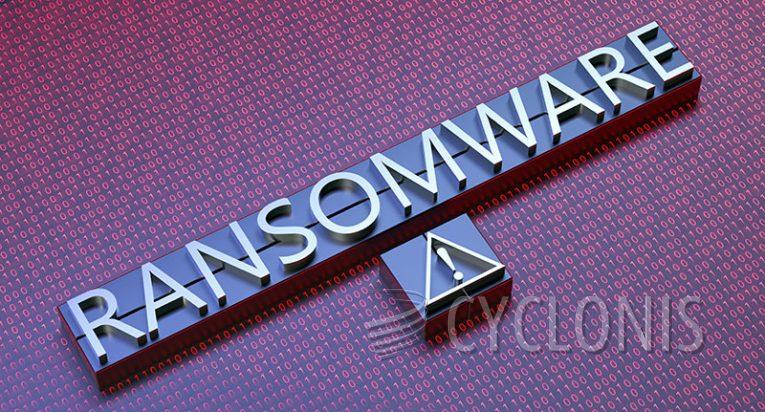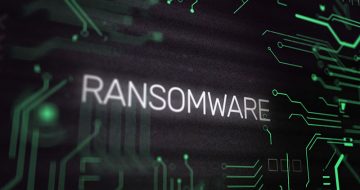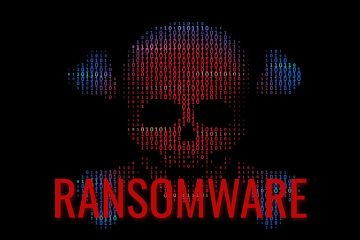StormCry Ransomware And The Storm It's Brewing Up

Ransomware attacks have become increasingly prevalent in the digital age, causing significant disruption and financial loss to individuals and organizations. One such threat is StormCry Ransomware, also known as Stormous. Here, we delve into the nature of StormCry Ransomware, its modus operandi, and the broader implications of ransomware attacks.
Table of Contents
What is StormCry Ransomware?
StormCry ransomware is malicious software that encrypts victims' data and demands a ransom for its decryption. This specific ransomware appends the ".stormous" extension to the filenames of encrypted files, indicating that they have been compromised. For example, a file named "document.jpg" would be renamed to "document.jpg.storms" once encrypted.
After completing the encryption process, StormCry generates ransom notes in HTML and text file formats, named "readme.html" and "pleas_readme@.txt" respectively. These notes tell victims that their data has been encrypted and can only be decrypted by purchasing the necessary tools from the attackers, typically for a ransom of $300 in Bitcoin.
The Demand and Deadline
The ransom note comes with detailed instructions on how to purchase the decryption key, emphasizing a sense of urgency. Victims are given three days to pay the ransom, after which the price doubles. Additionally, the attackers threaten to render decryption impossible if the ransom is not paid within seven days. In some cases, the note mentions a vague possibility of data recovery after six months for victims who cannot afford to pay.
While it might seem tempting to comply with the ransom demands to regain access to encrypted data, cybersecurity experts strongly advise against it. Paying the ransom not only supports illegal activities but also does not guarantee that the attackers will provide the decryption key. Victims who pay the ransom often do not receive the promised decryption tools, leading to financial loss and unrecovered data.
Check out the ransom note text below:
Oops. Your files have been encrypted!
Time remaining for payment:About bitcoin How to buy bitcoin?
Contact Us
Download decryption tool
What is happend ?
Your important files are encryption.Many of your documents,photos ,videos,database and other files are no longer accessible because they have been encrypted.Maybe you are busy looking for a way to recover your file,but do not waste your time.Nobody can recover your files without our decryptionCan I Recover My Files?
Sure.We guarantee that you can recover all your files safely and easily.But you have not so enough time.You can decrypt some of your files for free. Try now by clicking .But if you want to decrypt all your files,you need to pay.You only have 3 days to submit the payment.After that the price will be doubled.Also,if you don't pay in 7 days,you won't be able to recover your files forever.We will have free events for users who are so poor that they couldn't pay in 6 months
How Do I Pay?
Payment is accepted in Bitcoin only. To contact the owner of the key and for more information, contact us via the Telegram bot @StormousBot. Please check the current price of Bitcoin and buy some Bitcoin. Then send the correct amount to the specified address. After payment, click . The appropriate time to check in is from 9:00 AM to 11:00 AM.Send $300 to this address: 1DzX3w6Fb8yd78UMnWxfjnPQ14jWpEtVSA
To decrypt your files, you must first download a decryption software. Follow the instructions after payment to get the software and decryption key.
The Broader Ransomware Landscape
StormCry is just one example of the many ransomware variants that exist today. Other notable ransomware families include DeathGrip, JOKER (Chaos), and CyberVolk. Despite their different names and some operational nuances, these ransomware programs share a common goal: to extort money from victims by encrypting their data and demanding payment for decryption.
Ransomware can employ different cryptographic algorithms—either symmetric or asymmetric—to lock data. The demanded ransom amount can vary significantly depending on the target, with larger sums typically requested from businesses and organizations compared to individual users.
How Ransomware Spreads
Ransomware, including StormCry, is predominantly spread through phishing and social engineering tactics. Common distribution methods include drive-by downloads, malicious attachments or links in spam emails, online scams, and fake software updates. Additionally, some ransomware can propagate through local networks and removable storage devices like USB drives and external hard drives.
Malware often disguises itself as or is bundled with legitimate software or media files. It can be delivered in various formats, such as executable files (.exe), archives (RAR, ZIP), documents (Microsoft Office, PDF), and even JavaScript files. Given the multitude of infection vectors, exercising caution is crucial to maintaining device and data security.
Preventing Ransomware Infections
To protect against ransomware like StormCry, it is essential to download software only from official and verified sources and to activate and update programs using tools provided by legitimate developers. Avoid using illegal activation tools ("cracks") and third-party updaters, as these are common vectors for malware.
Be vigilant when dealing with incoming emails, direct messages, and SMSes, especially those containing attachments or links from unknown or suspicious sources. Fraudulent and malicious content often appears genuine, so scrutinizing such communications is critical. Maintaining regular backups of important data on multiple, separate storage locations—such as remote servers and unplugged external devices—can provide a safeguard against data loss in the event of a ransomware attack.
Final Thoughts
StormCry Ransomware represents a significant threat in the ever-evolving landscape of cybercrime. By understanding how this and other ransomware programs operate, individuals and organizations can take proactive measures to protect their data and systems. Remaining vigilant, practicing good cybersecurity hygiene, and maintaining robust backup protocols are key strategies in mitigating the risks posed by ransomware.








